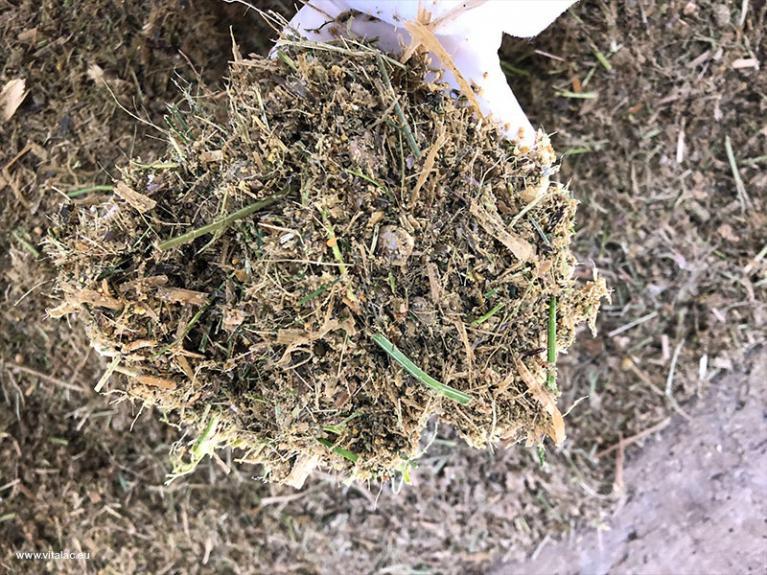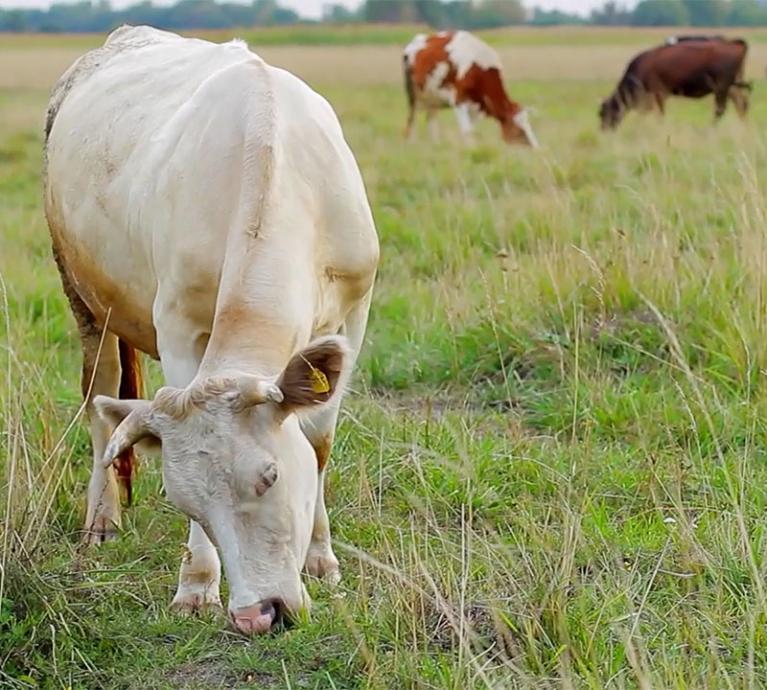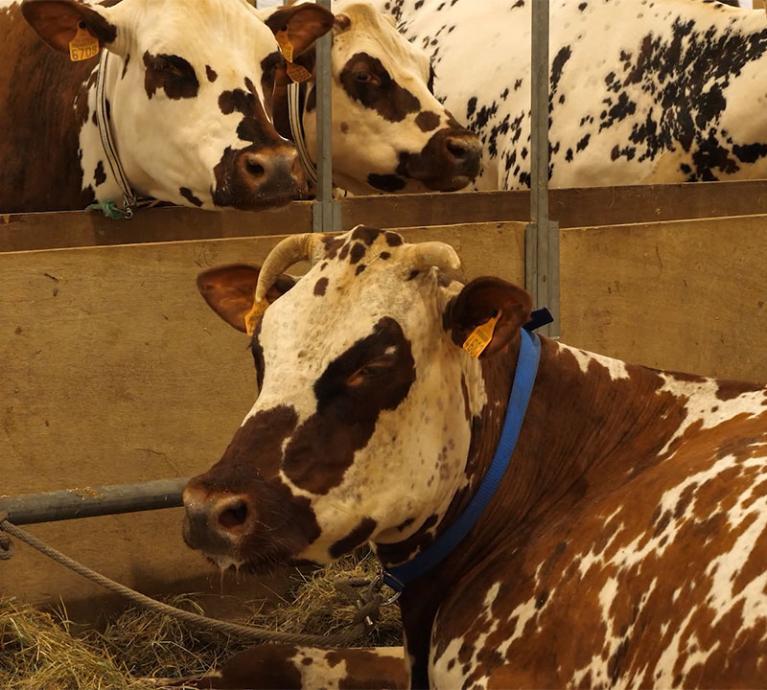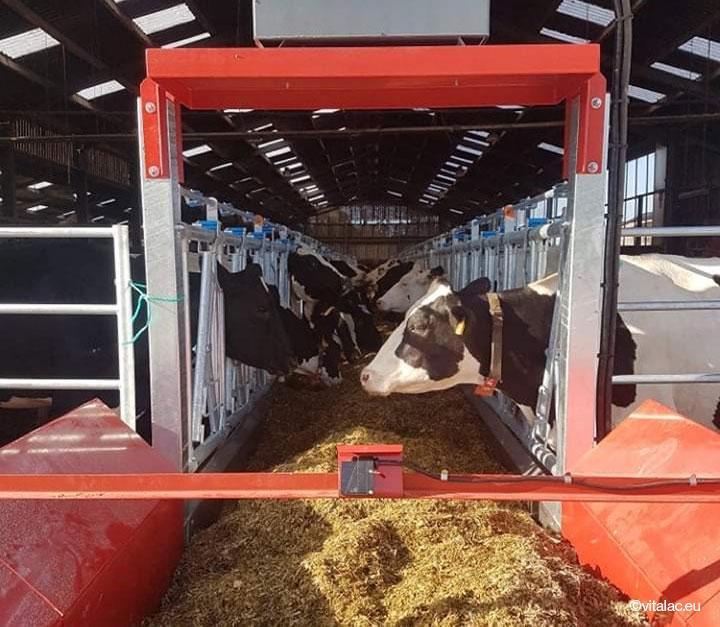- Dairy and beef cattle
- Heat stress
- Ruminants
Is it hot outside? The keys to keeping rations fresh and palatable
Summertime is a period of risk for cattle. When poorly managed, heat stress can lead to a reduction in performances. Therefore, it is essential to maintain a good level of intake by distributing a fresh and palatable ration (and which stays that way).
Heat stress in cattle
Advice from the Vet
Like all ruminants, cattle do not like the heat. From June to September, when the thermometer starts to rise, they spend a lot of energy regulating their temperature. Consequences: sweating, loss of appetite, panting... and huge drops in performances.
Cows may eat 3 to 4 kg less dry matter per day and milk production could drop by 1 to 5 kg per cow! This isn’t even taking into account problems with immunity, reproduction, or decreased ADG in young cattle, up to -150 g.
Two meals per day during the coolest times of day
The most accurate indicator for assessing a risk situation is the Temperature and Hygrometry Index (THI). “When this exceeds 68, i.e. 22 to 25 degrees with a humidity level between 20 and 50%, the animal begins to experience thermal stress”, says Dr Amélie Cornillet, a veterinarian at Vitalac, a company specialising in animal nutrition and health.
To help animals cope and to avoid impacts on performances, it is essential to maintain a good level of intake. One of the levers is to distribute a ration that is always fresh and palatable, and then to make sure that it doesn't heat up. This is considered as one of the best practices, and therefore it is recommended to encourage cattle to eat twice a day: early in the morning and late in the evening.
Goal, as per veterinarians: encourage cows to feed during the cooler hours of the day. “The ration will stay fresh longer and the animals will be more inclined to walk to the feeding trough,” she points out. “If rations can only be distributed once per day, it is better to focus on the evening: they will eat at night. ”
Water to bind the ration and limit sorting
Add 4 to 6 litres of water per cow (for a ration with close to 40% DM) in the feed mixer; this allows to reduce sorting. When the weather is hot, ruminants have a tendency to select fine particles rich in energy and to exclude fibres. This behaviour is likely to increase the risks of ruminal acidosis, which are already high under heat stress conditions. Water acts as a binder, which makes it more difficult to sort the ration.
It is a bad idea to allow free-access to a self-service hay or straw bundle, as only the dominant animals will benefit. In particular, it is recommended to pay close attention to how fine the hay or straw strands are, by ensuring that they are less than 3 cm long.
A preservative to keep the feed trough from overheating
During the day, the ration inevitably ends warms up. So then, how can we prevent the development of yeast which renders the feed less palatable and lowers its nutritional value? Amélie Cornillet suggests adding 1.5 to 3 litres of Fongisafe, a non-corrosive liquid preservative containing propionic acid, in the feed mixer at the same time as the water.
“Fongisafe® maintains a good level of ingestion and is a valuable source of non-acidogenic energy. However, it is also important to ensure that the front of the silo doesn’t heat up: if the silage is warm when it is put into the feed mixer, it will still be warm when it comes out. ”
Veterinarians also recommend inoculating fodder with organic preservatives, and to have small silos specifically reserved for the hottest periods. In the event of excessive heating, Fongisafe® can be sprayed on the face of the silo. Finally, carefully clean the uneaten herbage to avoid any risk of contamination between meals



